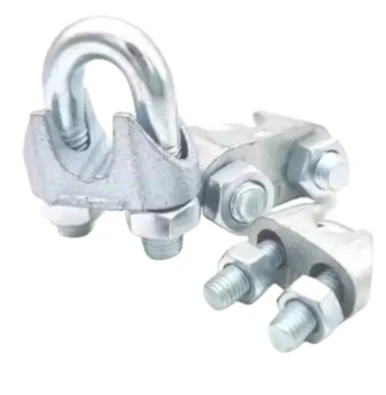Nov . 19, 2024 21:52 Back to list
M16 Hexagon Nut for Durable Fastening Solutions in Mechanical Applications
Understanding the M16 Hexagon Nut A Crucial Fastener in Engineering
Hexagon nuts, specifically the M16 variant, play a pivotal role in numerous engineering and construction applications. As a standard metric component, the M16 hexagon nut is a fastener characterized by its six-sided shape, which allows for easy tightening and loosening using appropriate tools like wrenches. This article delves into the specifications, applications, and importance of the M16 hexagon nut in various sectors.
Specifications of M16 Hexagon Nut
The M in M16 denotes that the nut is designed to fit a bolt or screw with a metric thread. The numerical designation 16 indicates the diameter of the bolt that the nut can accommodate, which is 16 millimeters. Typically, M16 hexagon nuts are manufactured from various materials, including carbon steel, stainless steel, and alloy steel, depending on the application’s requirements for strength and corrosion resistance.
Hexagon nuts conform to various international standards, including ISO (International Organization for Standardization) and DIN (Deutsches Institut für Normung). These standards dictate dimensions, tolerances, and material qualities to ensure compatibility and reliability across various applications. The standard dimensions of an M16 hexagon nut generally match a width across flats of approximately 24 mm and a thickness of around 10 mm.
Applications of M16 Hexagon Nuts
hexagon nut m16

M16 hexagon nuts find utility in a wide array of applications, from heavy machinery to construction, automotive, and aerospace industries. One of the most common utilizations of these fasteners is in structural applications, where they are used to secure components that bear significant loads. For instance, in construction, M16 hexagon nuts are employed to fasten steel beams and girders, providing stability and supporting the weight of the structures.
In the automotive industry, M16 hexagon nuts are critical for assembling various parts, including engines, transmissions, and suspension systems. Their reliable locking feature ensures that crucial components remain secured under vibrating conditions, promoting safety and performance. Similarly, in the aerospace sector, M16 hexagon nuts are selected for their strength-to-weight ratio, contributing to maintaining the integrity of aircraft components.
Importance of Quality and Reliability
The quality of M16 hexagon nuts is paramount, as failure of these fasteners can have serious consequences. In critical applications, the use of low-quality nuts could lead to structural failures, accidents, or equipment malfunctions. Therefore, sourcing hybrid M16 hexagon nuts from reputable manufacturers who adhere to international quality standards is essential. Manufacturers often conduct rigorous testing, including tensile testing and corrosion resistance examinations, to ensure their products meet the required specifications.
Conclusion
The M16 hexagon nut is more than just a simple fastener; it is an integral component that supports the safety and functionality of various structures and machines. With its versatility, reliability, and adherence to rigorous quality standards, the M16 hexagon nut continues to be a preferred choice for engineers and construction professionals around the world. Understanding its specifications and ensuring the use of high-quality materials can significantly enhance the performance and longevity of assemblies in which it is employed. As technology advances and new materials are developed, the role of the M16 hexagon nut will likely evolve, but its fundamental importance in engineering and construction will undoubtedly remain.


